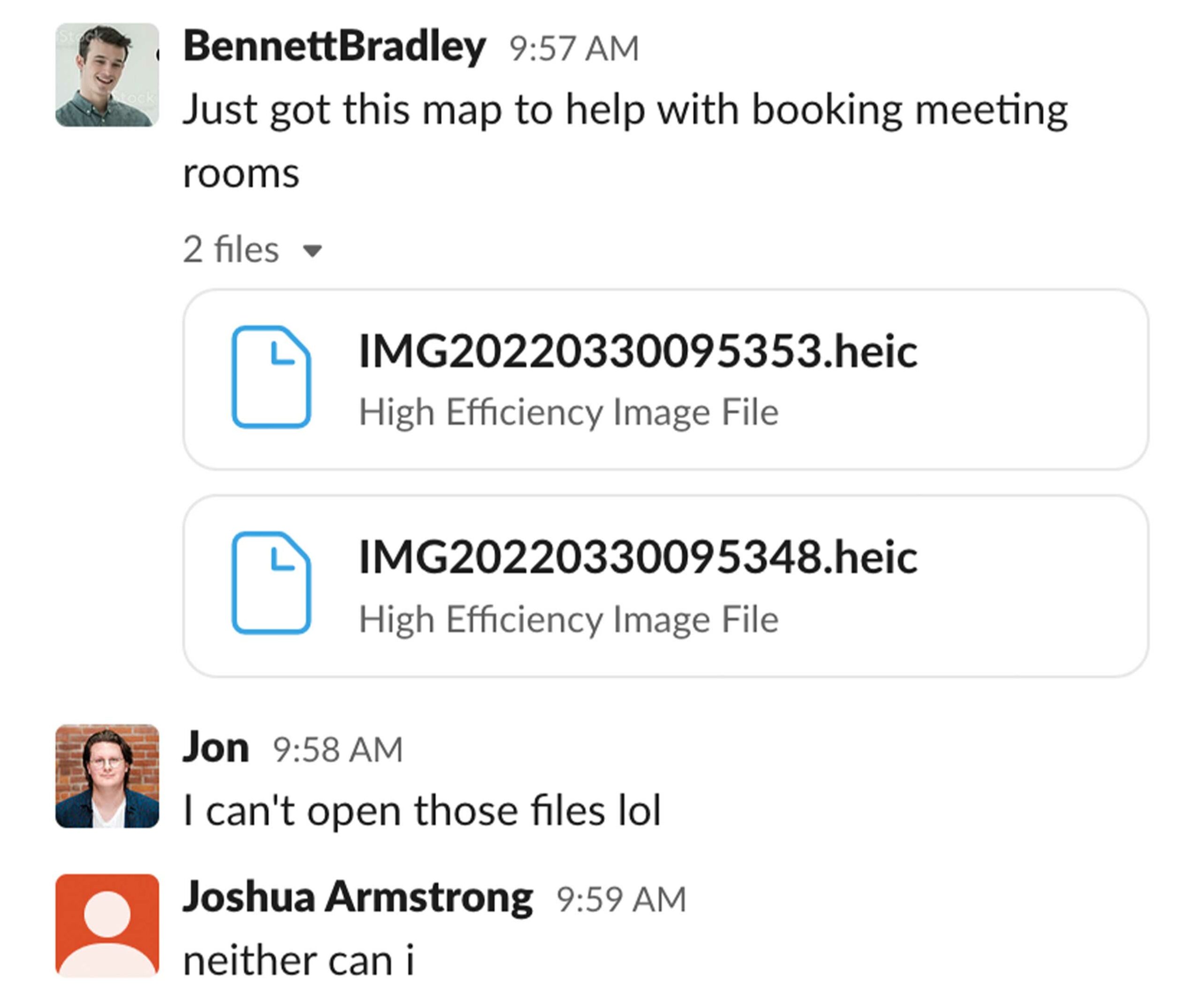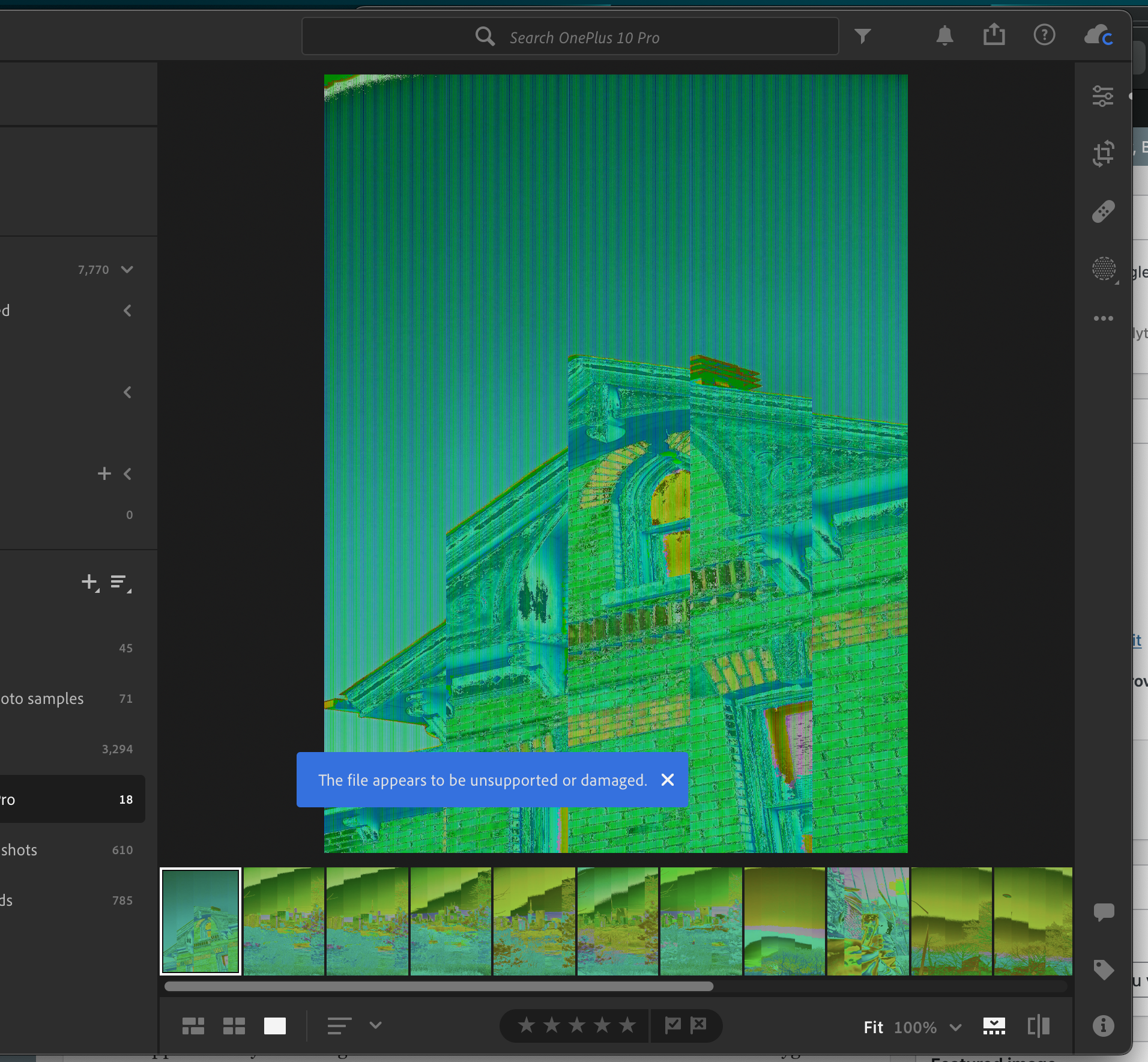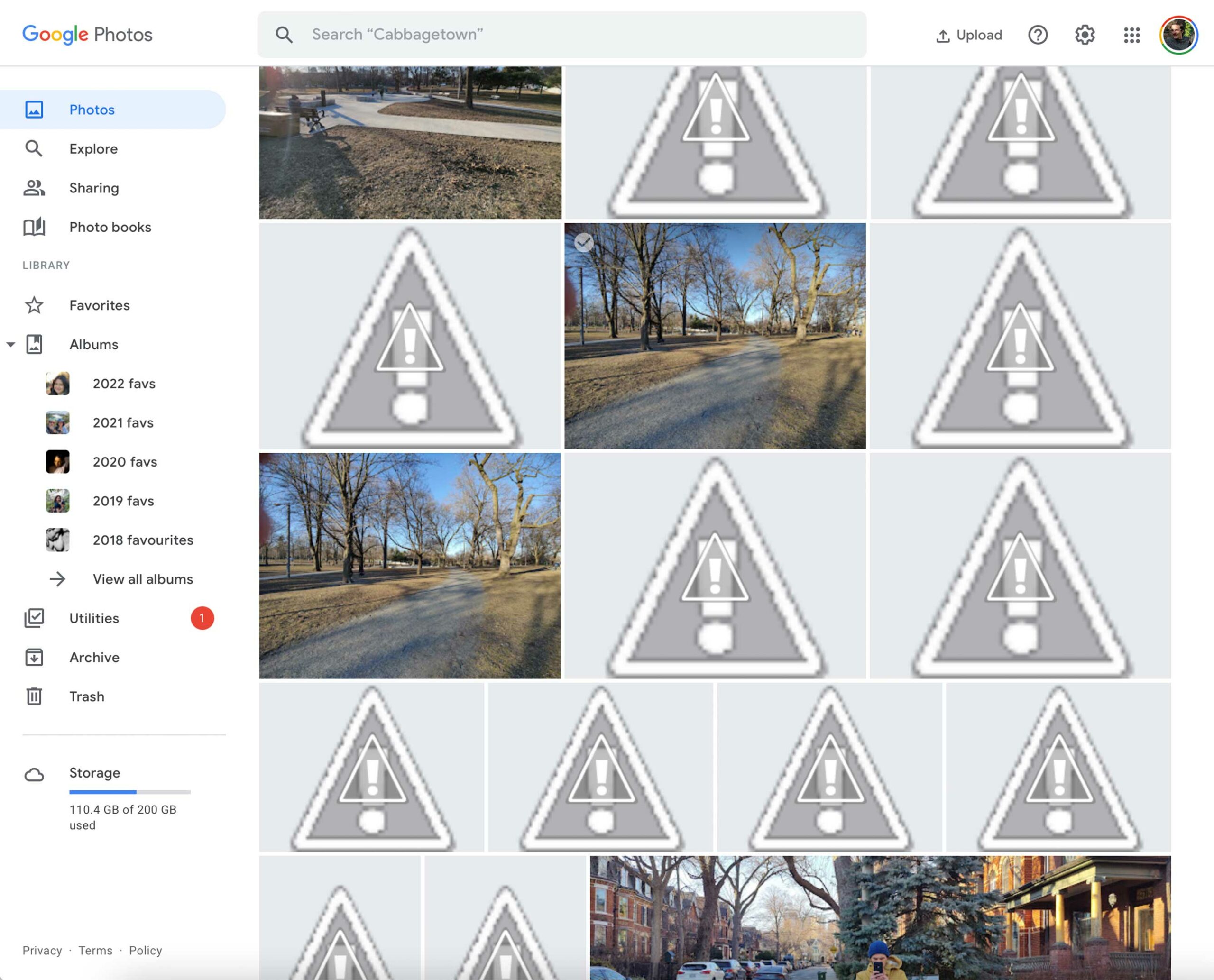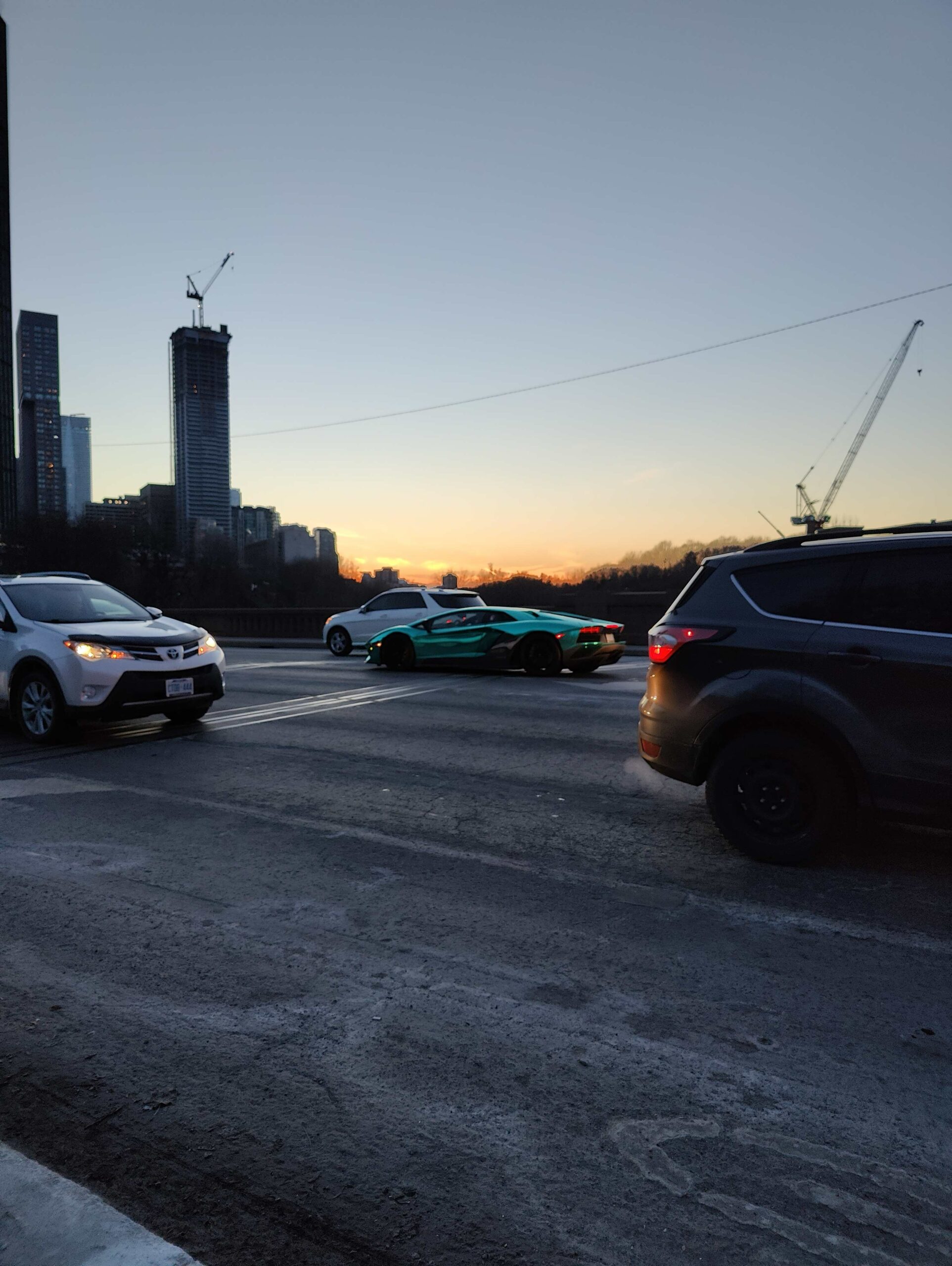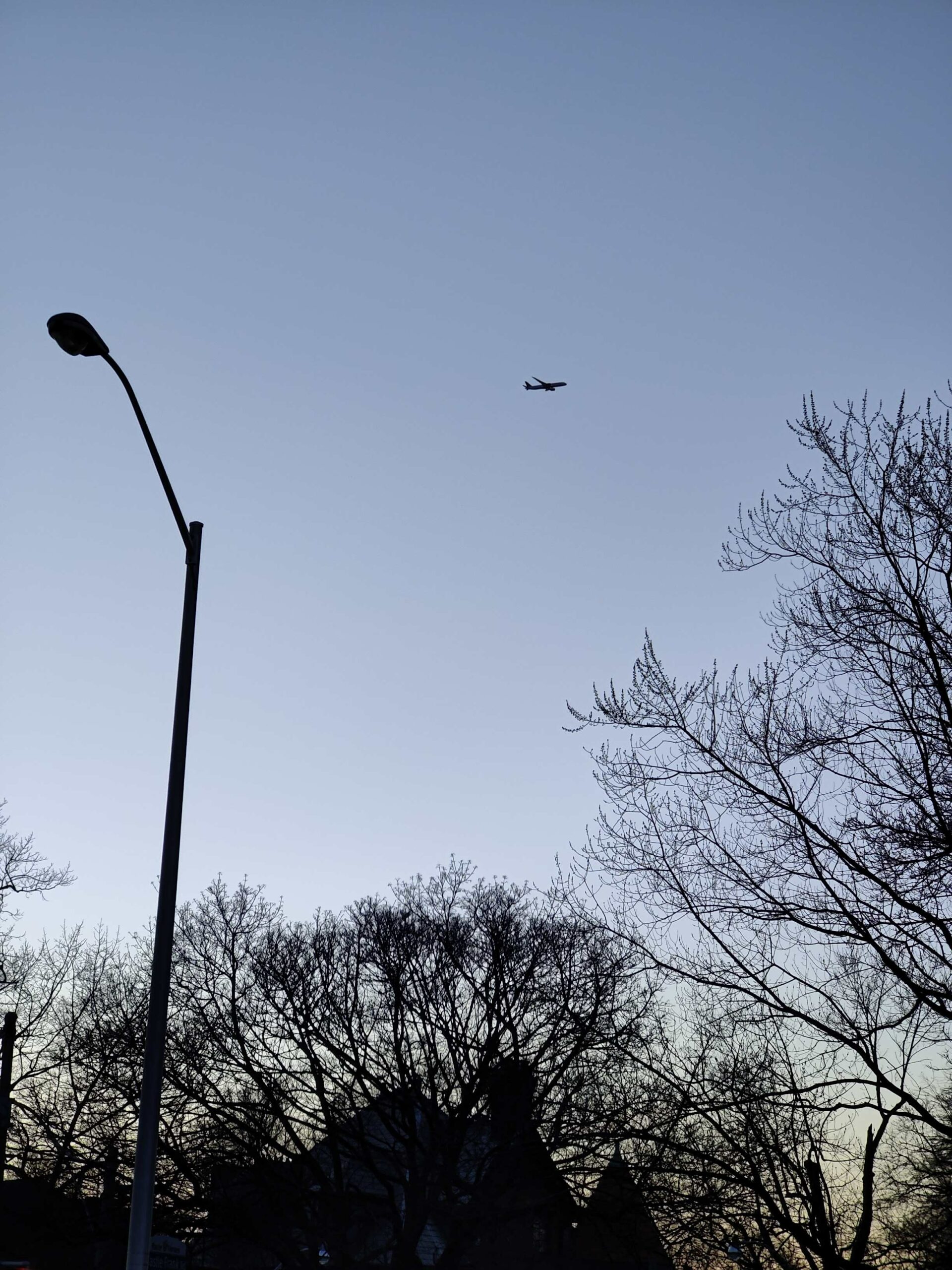
The OnePlus 10 Pro has finally come to North America, but I’m not sure it will push the company’s smartphone line forward in a meaningful way.
Last year’s OnePlus 9 series cemented the upstart brand as a company capable of making top-tier hardware that can compete with the likes of Samsung. Then, after a year of getting closer to, and then further away from Oppo, software support has become a significant pain point for OnePlus devices.
Holding the OnePlus 10 Pro is DejaVu. It feels and looks the same as its predecessor from the front, plus it’s impressed me with its camera and battery life. However, after last year, it will take a lot more than a slightly upgraded OnePlus 9 Pro to get the company back on track.
OnePlus fans really need a year of trust-building in the form of stable updates.
First impressions can be deceiving
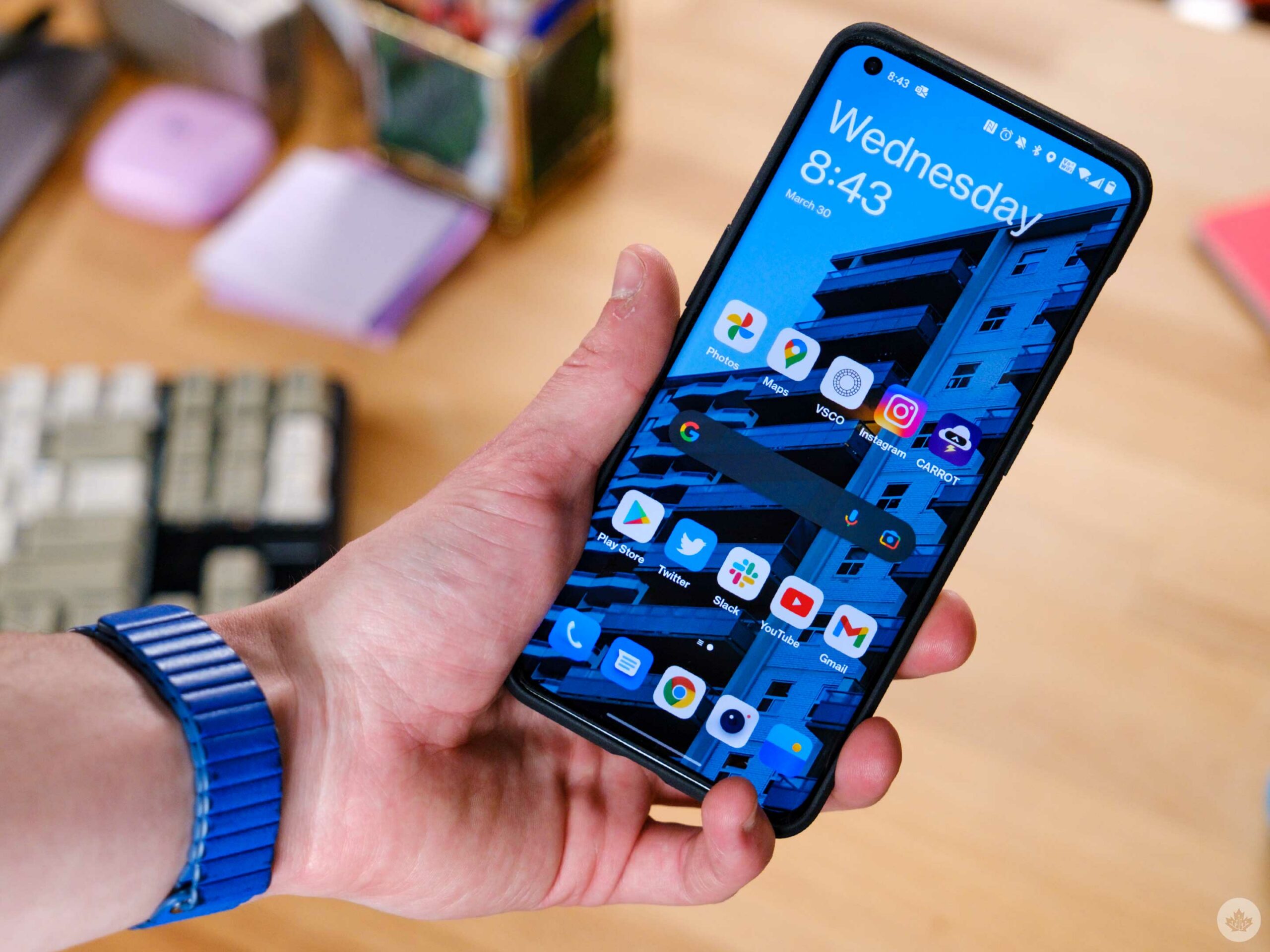
From the front with a case on, it feels and looks just like my 9 Pro.
When I unwrapped the OnePlus 10 Pro and slapped on the classic OnePlus Sandstone bumper case, it felt great in my hand. Then I started to transfer over all my OnePlus 9 data, and the device became pretty warm. It wasn’t hot, but warmer than I would have liked. Since then, it’s been fine, but I have yet to spend more than a few minutes gaming on it yet.
It’s worth noting that the OnePlus 10 Pro uses Qualcomm’s new Snapdragon 8 Gen 1 chip. So far, Samsung’s S22 series is the only other flagship we’ve tested this year with the 8 Gen 1. MobileSyrup’s Dean Daley also noted heat issues with the S22 Ultra when running benchmarks, while staff reporter Jon Lamont didn’t experience abnormal temperatures with the S22 and S22+.
Beyond that, the phone feels solid (even if JerryRigEverything snapped it in half). I’d recommend most users the ‘Emeral Forest’ model since it offers a nice matte texture on the back. Overall, the smartphone is a great size and feels slightly heavier than the OnePlus 9 Pro since the new camera bump is larger.
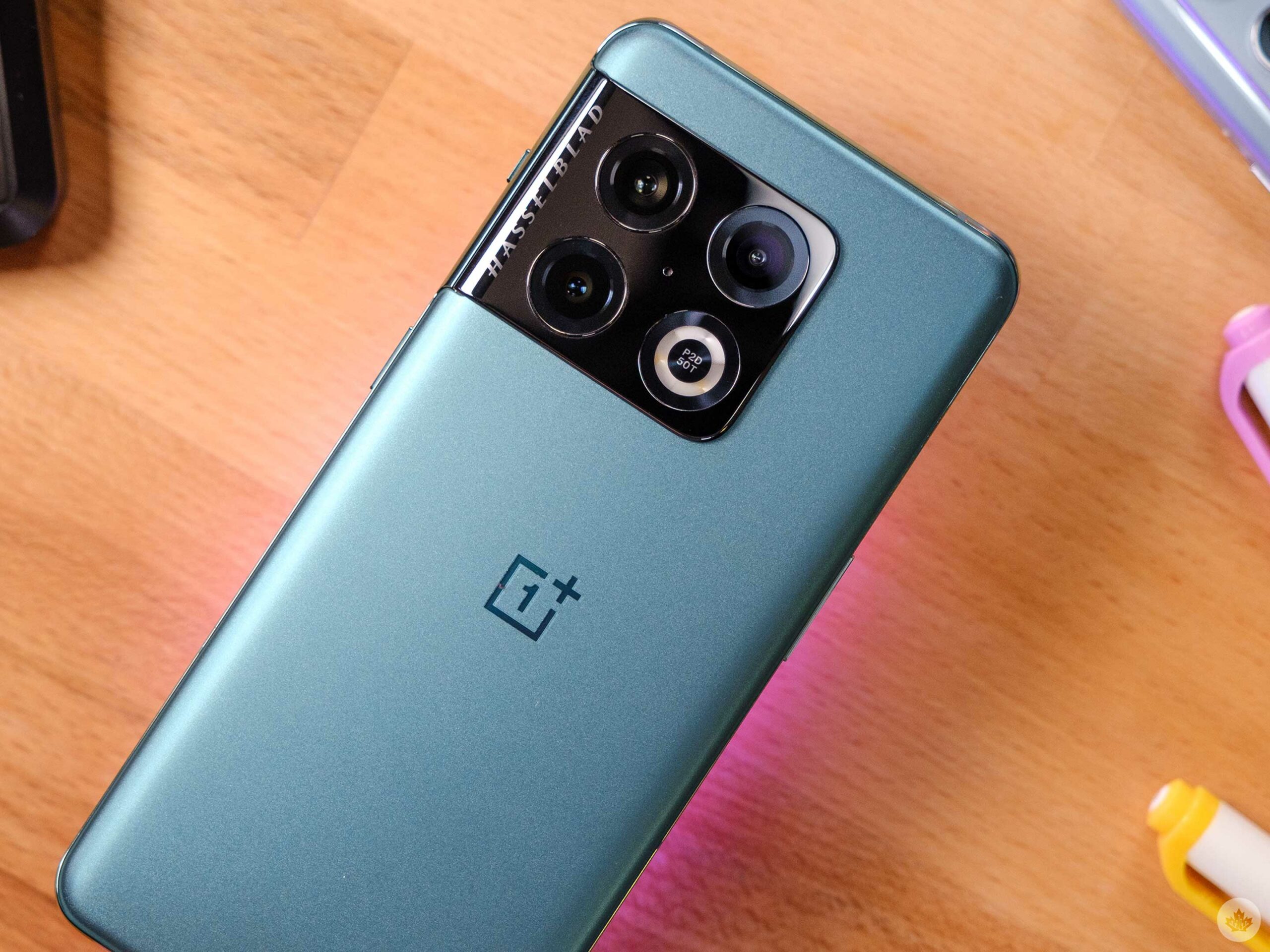
We’re now two years into the three-year-long Hasselblad x OnePlus partnership.
Even though this isn’t a OnePlus ‘T’ model, it feels like a subtle improvement over the 9 Pro instead of a generational leap like we’ve seen in the past from the company. This isn’t necessarily entirely bad since the 9 Pro’s hardware is stellar, but it also makes less of a case to upgrade to the OnePlus 10 Pro if you already own the 9 Pro.
Camera performance
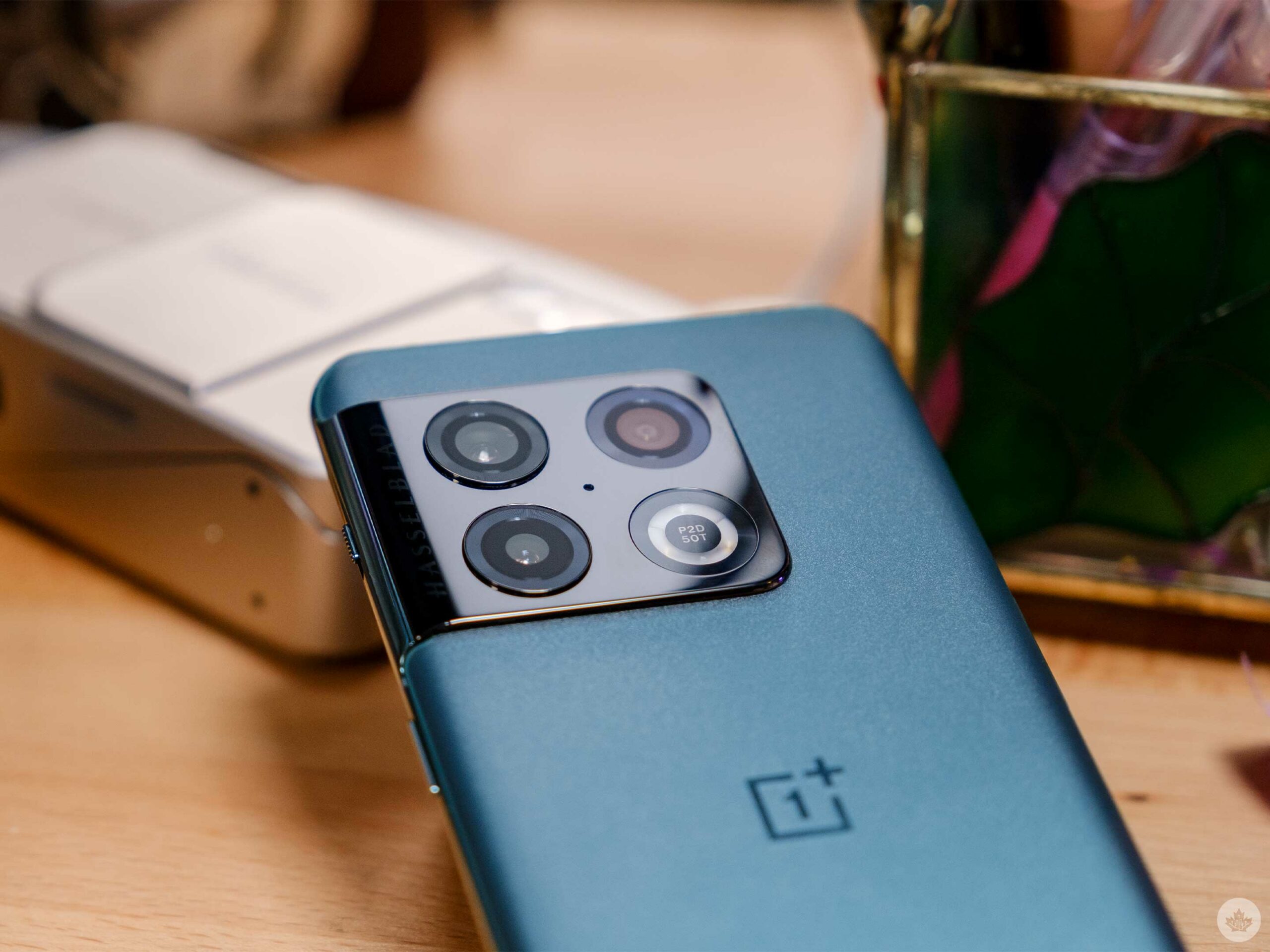
The three lenses are equivalent to 14mm, 23mm and 77mm on a full-frame camera.
OnePlus has stuck four lenses on the phone — three on the back and a single 32-megapixel selfie camera on the front. The primary camera features a 48-megapixel sensor, the Ultrawide captures 50-megapixels, and the 3.3x zoom lens is only eight megapixels. Quality-wise, the sensors seem very similar to the OnePlus 9 series.
This time the most attention has been paid to software as OnePlus furthers its partnership with Hasselblad. Last year, the company marketed the Hasselblad colour science and its flattened ultrawide shooter that replicated a 14mm full-frame lens. These systems are still in place in the OnePlus 10 Pro, but the company has added a fun dedicated 150-degree wide-angle mode, a new 10-bit colour capture option, and rebranded filters called ‘Master Styles.’
Not to take away anything from the three Hasselblad photographers since these new filters are pretty sweet, but when OnePlus and Hasselblad got together, the companies announced a lot of exciting camera features, and what’s present in the OnePlus 10 Pro is a little lacklustre.
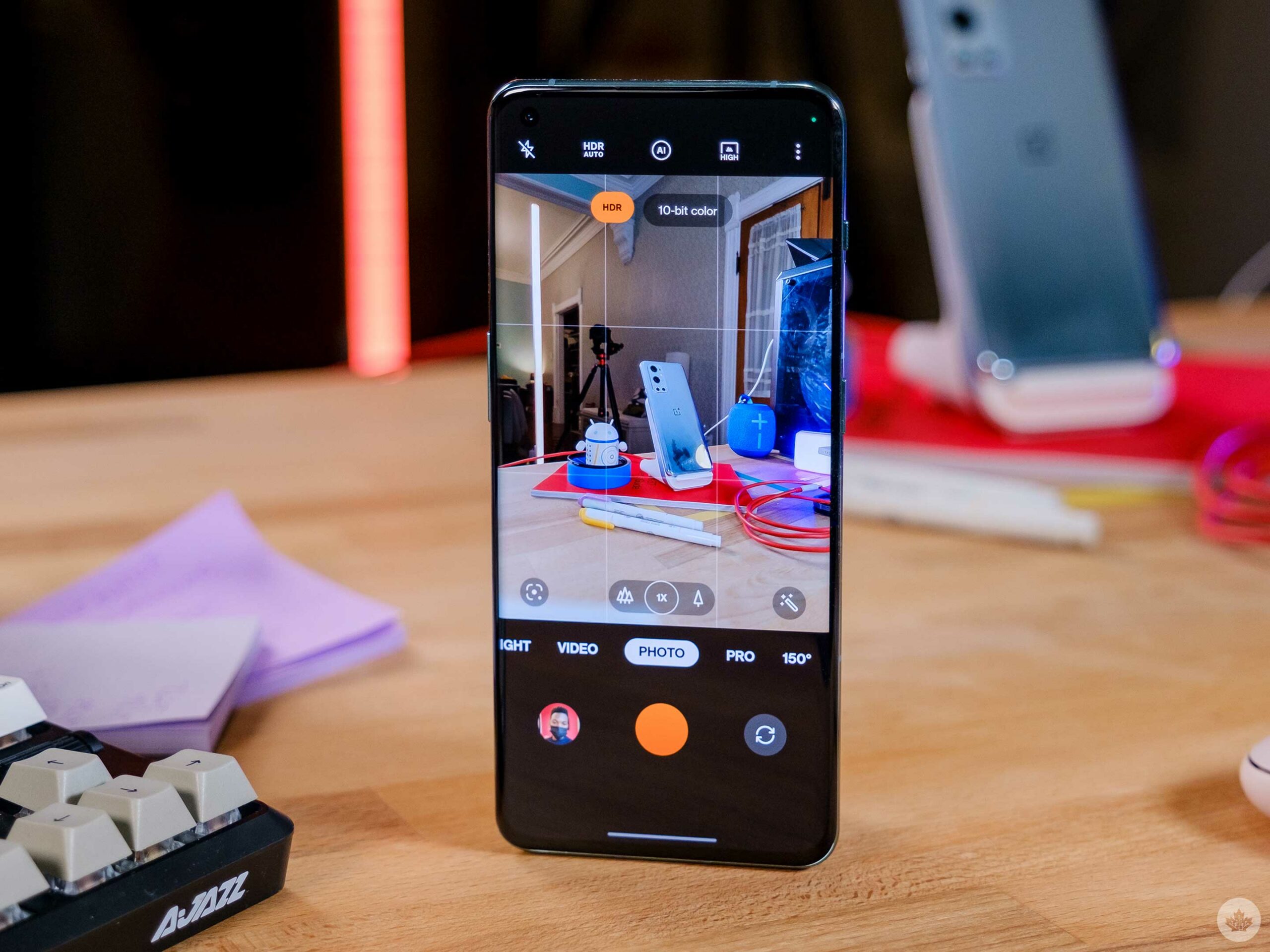
The camera app still features Hasselblad’s Orange accents, but the ‘Expert mode’ has been renamed to ‘Pro mode’ this year.
This year’s most exciting new feature is 10-bit colour in the camera’s ‘Photo’ and ‘Night’ modes. It helps gather 64 times more colour data from all three rear cameras compared to 8-bit photos. This makes getting deep colours a little easier since you no longer need to shoot RAW (12-bit) in the ‘Pro mode’ to achieve it.
While taking 10-bit snaps is easier than ever (after you enable it from deep in the camera settings), sharing them is enough of a hassle that it almost makes me want to turn the new colour feature off entirely. The 10-bit mode saves files using HEIF/HEIC image compression codec, which is fine, but you’ll likely run into issues once you try and share those files. For instance, most people I sent my pictures to from the OnePlus 10 would just get a link to a file they’d need to download themselves.
It works, but it’s not nearly as seamless as sharing regular JPGs. On Windows, you even need to download two extensions, including one that’s free and one that costs $1.30 in Canada. OnePlus tried to make sharing a little more seamless by adding a toggle to the OnePlus Photos app that will auto convert the HEIC files when you share them from the company’s photo locker app. However, it decimated my Google Photos library, which is what I primarily use to manage my digital pictures. This is weird since my iPhone 13 Pro also uses HEIC to save photos, and Google reads those. Apple is also better at auto-sharing pictures as JPEGs, something I never even knew was happening until OnePlus tried to do it and fumbled.
This isn’t necessarily OnePlus’ fault either. The nature of Android necessitates having two photos apps on most phones to an extent, except for Pixel devices. Ideally, OnePlus will be able to find a way around this issue soon. HEIC files on my iPhone store in Google Photos just fine, so I assume there must be a way, but OnePlus has yet to find it.
This slideshow requires JavaScript.
If you want to use RAW (this does backup into Google), the manual camera controls on the 10 Pro are decent and you can shoot 12-bit colour (you could do 12-bit RAW on the OnePlus 9 Pro too). There’s even a new ‘RAW Plus’ option that works like Apple’s ProRAW format. That means when you snap a picture, the phone still applies computational tricks to make the shot look as good as possible while retaining all of the photo information and depth from the RAW file. In my limited testing so far, this has been hit and miss. The pictures look a little better than standard pre-edited RAW images, but not as clean as a fully computational image.
This is all extremely exciting for mobile photographers, but in practice, OnePlus’ current camera app is weirdly confusing and lacks functions it used to have with OxygenOS 11. For instance, there’s no way to set the Pro mode as your default camera experience anymore, and for some reason, the fun XPan and Movie modes are the only camera functions out of 14 that can’t be added to the quick toggle carousel. This is likely a minor annoyance, but to me, it represents OnePlus’ struggle to really hone its software to the level of a real flagship. All the pieces are here, but they’re not always held together logically.
You can find a Google Drive folder with full-res JPGs and HEIC files here. To really take in the colour differences, you’ll need a 10-bit display.
I want everyone reading this story to understand that these complaints come from the heart. I’ve loved OnePlus’ slightly off-centre colour balancing (for better and worse) since the 7T, and at the end of the day, I’m happy with the pictures that the 10 Pro snaps. But compared to the 9 Pro, which features a 12-bit RAW mode and a very similar lens setup, there doesn’t seem to be much of an upgrade here. Unless you’re obsessed with Fisheye lenses, of course. But in all seriousness, the only people who care about 10-bit colour are probably photographers, who would likely rather shoot 12-bit RAW instead.
Other thoughts
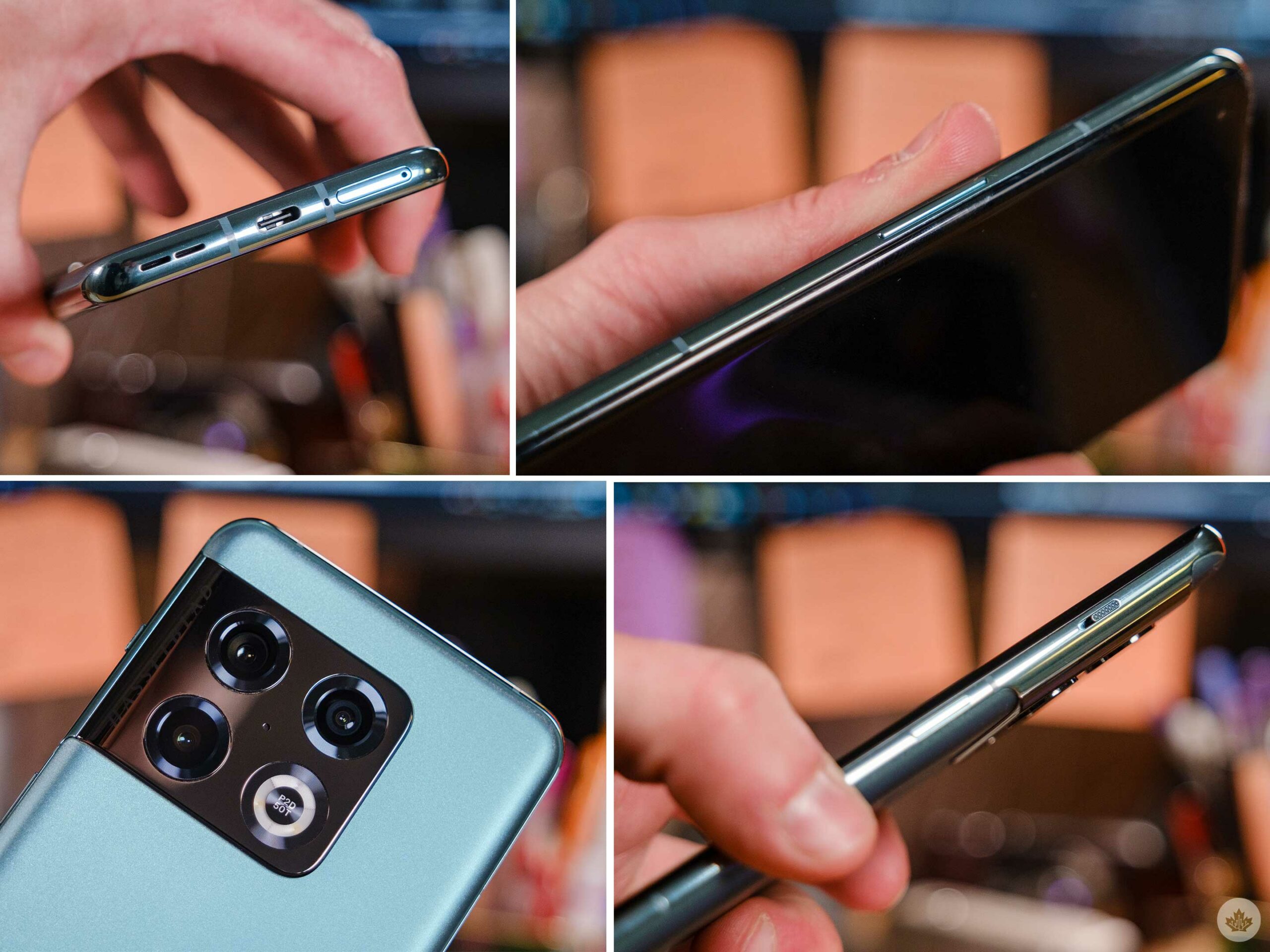
There’s no denying that the Emerald forest version looks great…even with that stovetop camera bump.
Overall, the OnePlus 10 Pro is a decent phone, but with the company’s current track record surrounding updates, it might be worth waiting to see what happens as it rolls back its ColorOS skin and moves back towards a more stock-inspired Android experience. I have no idea what this even means in 2022, either. Will it look like a Pixel launcher similar to what Nothing attempted, or will it revert to how OxygenOS 11 looked? Or are we going back to OxygenOS 10?
It’s not that I hate ColorOS 12. It looks fine and works ideally 95 percent of the time, but sometimes it’s a little annoying, especially when I try to do something that I remember from a previous build of OxygenOS only to find it replaced with some other weird feature. For instance, every second time I plug the OnePlus 10 Pro into my car, it starts charging. I then have to manually pull down the notification shade, tap on the system status notification, and select Transfer files/Android Auto. Almost every other phone I’ve used can jump into Android Auto automatically after the initial setup.
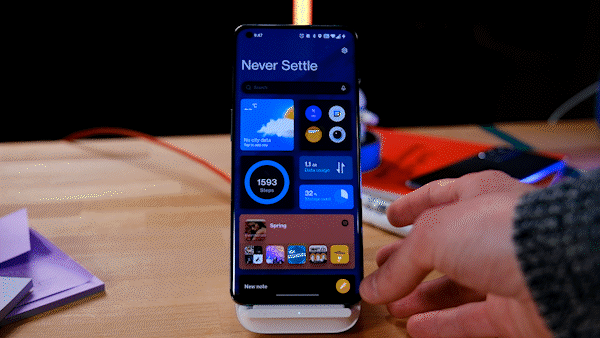
A short gif of the OnePlus Shelf action.
The OnePlus 10 Pro comes pre-loaded with OnePlus Shelf enabled too. This means that swiping down from the top right corner of the screen will bring down an area where OnePlus hides select widgets, an excellent system search tool and weather information. Years ago, this used to sit to the left of your home screen where the Google discover page now is. In North America, OnePlus ditched the Shelf a few years ago, but now it’s back in a new place, and that’s the issue.
Since I’m right-handed, when I use my thumb to reach up and swipe down for my notifications, it naturally reaches for the top right corner. However, instead of notifications I now get the Shelf, which isn’t terrible, but after the 10th time, I just disabled it. This is annoying since this is where OnePlus’ pretty decent system search, ‘Scout,’ lives, so now I can’t use that. Instead, the company lets non-shelf users search through their installed apps with another search bar in the App drawer.
There’s a lot of potential packed into the OnePlus 10 Pro. It features Gorilla Glass Victus, a variable refresh rate screen, Dolby Atmos and excellent display calibration, but this year isn’t only about OnePlus’ hardware. The real story is if these ongoing software problems can be solved and whether the company will win back user trust.
The OnePlus 10 Pro starts at $1,150 in Canada and comes in Emerald Forest (green/matte) and Volcanic Ash (black/glossy).
MobileSyrup may earn a commission from purchases made via our links, which helps fund the journalism we provide free on our website. These links do not influence our editorial content. Support us here.

